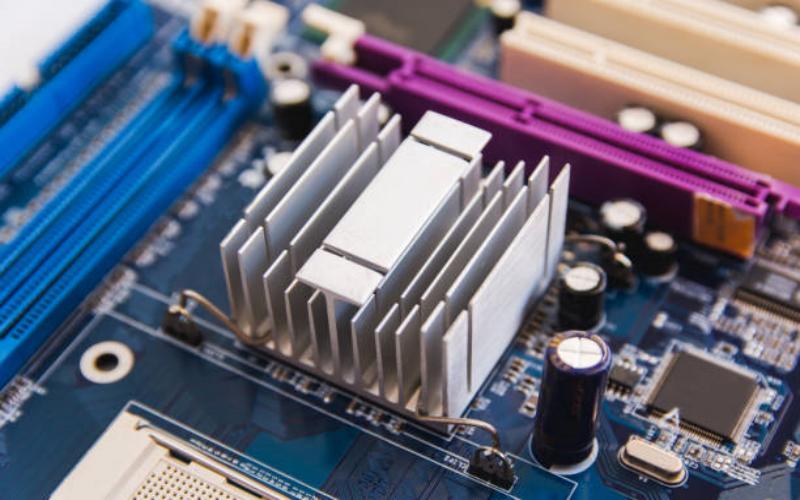Why Clean The Heat Sink? - A Complete Guide
Introduction
A heat sink is an essential component in any electronic device that generates heat. It helps dissipate the heat and keeps the device cool, preventing damage and ensuring optimal performance. Over time, however, a heat sink can accumulate dust, dirt, and other debris, which can affect its efficiency. In this article, we will explore the importance of cleaning the heat sink and the steps involved in doing so.
The Significance of a Clean Heat Sink
1. Enhanced Cooling Efficiency
A clean heat sink allows for better heat dissipation. When dust and debris accumulate on the heat sink's fins, it restricts airflow and reduces the cooling efficiency. By regularly cleaning the heat sink, you can ensure that it functions optimally, preventing overheating issues and potential damage to your device.
2. Extended Lifespan of Electronic Components
Heat is one of the biggest enemies of electronic components. When a heat sink is clogged with dirt and dust, it fails to dissipate heat effectively, leading to increased temperatures within the device. This can significantly reduce the lifespan of the components, as excessive heat can cause them to degrade or fail prematurely. Regularly cleaning the heat sink helps maintain lower operating temperatures and extends the life of your electronic device.
3. Prevention of Thermal Throttling
Thermal throttling is a mechanism employed by many devices to reduce their performance when they reach high temperatures. This is done to prevent overheating and potential damage. However, a clogged heat sink can trigger thermal throttling even at lower temperatures, limiting the device's performance unnecessarily. By keeping the heat sink clean, you can minimize the chances of thermal throttling and ensure consistent performance from your device.
The Process of Cleaning a Heat Sink
4. Gather the Necessary Tools
Before you start cleaning the heat sink, it's important to gather the necessary tools. You will need a small brush, compressed air canister, thermal paste, lint-free cloth, and isopropyl alcohol. These tools will help you remove the accumulated dust and debris effectively.
5. Power Off and Disconnect
Always power off and disconnect your electronic device before attempting to clean the heat sink. This ensures your safety and prevents any accidental damage to the internal components.
6. Remove the Heat Sink
To clean the heat sink thoroughly, you may need to remove it from the device. The process of removing the heat sink varies depending on the device, so it's recommended to refer to the manufacturer's instructions or seek professional assistance if you're unsure.
7. Brush off Loose Debris
Using a small brush, gently brush off any loose dust and debris from the heat sink's fins. Be careful not to apply excessive force or damage the delicate fins.
8. Use Compressed Air
Next, use a canister of compressed air to blow away any remaining dust and debris. Hold the canister upright and use short bursts of air to avoid damaging the heat sink or other components. Ensure that you're working in a well-ventilated area to prevent inhaling the dust.
9. Clean with Isopropyl Alcohol
Dampen a lint-free cloth with isopropyl alcohol and gently wipe the surfaces of the heat sink. The alcohol will help remove any remaining grime, grease, or thermal paste. Be thorough but gentle to avoid damaging the heat sink.
10. Apply Fresh Thermal Paste
Before reassembling the heat sink, it's crucial to apply a fresh layer of thermal paste. Thermal paste helps improve the contact between the heat sink and the device's processor, facilitating better heat transfer. Follow the manufacturer's instructions on the proper application of thermal paste for your specific device.
Conclusion
Cleaning the heat sink is an important maintenance task that should not be overlooked. By regularly cleaning your heat sink, you can ensure optimal cooling efficiency, extend the lifespan of your electronic components, and prevent thermal throttling. Remember to power off and disconnect your device before cleaning, follow proper procedures, and use the necessary tools to safely and effectively clean the heat sink.

